Just across the river from the Casco Viejo - between the river and the railway - are the areas known as Bilbao la Vieja and San Francisco, a vibrant but poor district where many immigrants live. It’s quite a bohemian quarter, too, like parts of the Casco Viejo, attracting students, artists, gay people, clubbers, and so on. The city council has been working to improve the area, and a variety of interesting restaurants, cultural venues, etc., have opened here.
The majority of immigrants here are North and West African Muslims, many from Morocco and Senegal, and this is a great place for buying a variety of African spices, grains, and fruit, herbs and vegetables.
Many of the South American immigrants in Bilbao live here too. If you want to get away from the Basque food and culture that almost entirely dominate the rest of the city, this is the place to come.
There’s also a less salubrious side to life in San Francisco. Although Spain’s and Bilbao’s crime rates are relatively low, like all big cities Bilbao has its dark side, with poverty, drugs and prostitution – and San Francisco is home to the red light district, where prostitution (mainly South American women) is visible and drugs raids common.
Mass immigration is relatively new to Spain, and of course it produces the usual problems of integration, xenophobia, etc. that are common to most societies. According to Wikipedia, in 2009 there were ‘127 different nationalities registered in Bilbao, although 60 of them contain fewer than 10 people.’ The largest community by far is the South American (mainly from Bolivia, Colombia, Paraguay, Brazil and Ecuador). They are followed by smaller numbers of Romanians, Moroccans and Chinese. Recent years have also seen an influx of West Africans.
Spanish-speaking South American immigrants are relatively well integrated, and many, for instance, are greengrocers around the city. The small numbers of Chinese immigrants in Bilbao are extremely industrious and set up cavernous shops, known as ‘tiendas chinas’, which sell absolutely everything at incredibly cheap prices, and incredibly low quality. The North Africans from Morocco and around have old links with Spain, and seem relatively settled in San Francisco.
The more recent West African immigrants, however, who have mostly arrived in the last few years, seem far less integrated, and they can often be seen laying out stalls on pavements selling goods such as DVDs and cheap jewellery, or peddling them in cafes and bars, as well as gathering in groups in the streets.
Amongst the West Africans are a couple of very good Kora players: the Kora is a West African stringed instrument which makes a beautiful sound. Hearing them play on the streets has been one of the great pleasures of living in the Casco Viejo this year.
There’s also a less salubrious side to life in San Francisco. Although Spain’s and Bilbao’s crime rates are relatively low, like all big cities Bilbao has its dark side, with poverty, drugs and prostitution – and San Francisco is home to the red light district, where prostitution (mainly South American women) is visible and drugs raids common.
Mass immigration is relatively new to Spain, and of course it produces the usual problems of integration, xenophobia, etc. that are common to most societies. According to Wikipedia, in 2009 there were ‘127 different nationalities registered in Bilbao, although 60 of them contain fewer than 10 people.’ The largest community by far is the South American (mainly from Bolivia, Colombia, Paraguay, Brazil and Ecuador). They are followed by smaller numbers of Romanians, Moroccans and Chinese. Recent years have also seen an influx of West Africans.
Spanish-speaking South American immigrants are relatively well integrated, and many, for instance, are greengrocers around the city. The small numbers of Chinese immigrants in Bilbao are extremely industrious and set up cavernous shops, known as ‘tiendas chinas’, which sell absolutely everything at incredibly cheap prices, and incredibly low quality. The North Africans from Morocco and around have old links with Spain, and seem relatively settled in San Francisco.
The more recent West African immigrants, however, who have mostly arrived in the last few years, seem far less integrated, and they can often be seen laying out stalls on pavements selling goods such as DVDs and cheap jewellery, or peddling them in cafes and bars, as well as gathering in groups in the streets.
Amongst the West Africans are a couple of very good Kora players: the Kora is a West African stringed instrument which makes a beautiful sound. Hearing them play on the streets has been one of the great pleasures of living in the Casco Viejo this year.
Some might say that immigration is particularly alien to the Basque country, a place which has been pretty undilutedly Basque for thousands of years: the Moors never conquered it, the Jews never made it here, even the Romans and the Visigoths never properly got a foothold. But modern Bilbao is an increasingly multicultural city, and immigrants have also reached some of the lesser cities and larger towns around the Basque country – places like Bermeo, Amorebieta, and so on.
I don’t think immigration seems more problematic here than anywhere else, and modern progressive Basque nationalism seems to be doing a good job of fostering a multicultural society, despite the historic monoculturalism (and at times xenophobic nationalism) of the region and its own battle to revive the language, culture and politics of the Basque people and have them recognised within Spain.
I don’t think immigration seems more problematic here than anywhere else, and modern progressive Basque nationalism seems to be doing a good job of fostering a multicultural society, despite the historic monoculturalism (and at times xenophobic nationalism) of the region and its own battle to revive the language, culture and politics of the Basque people and have them recognised within Spain.







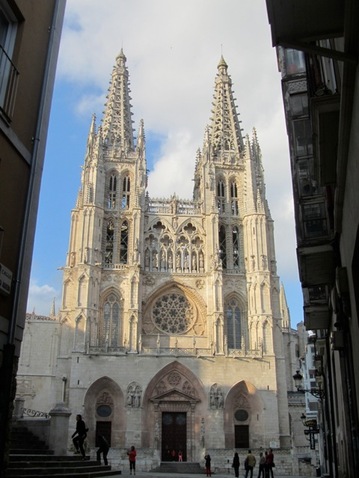




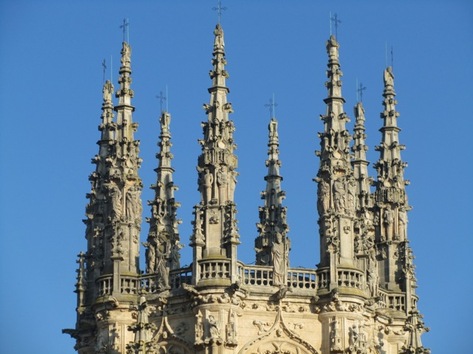



















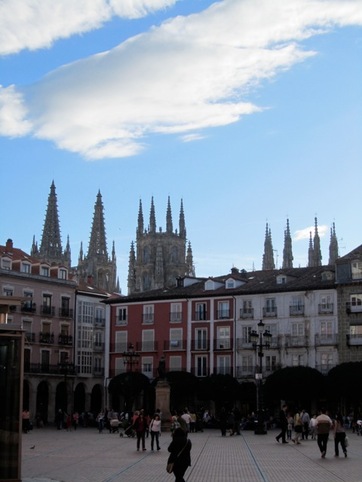


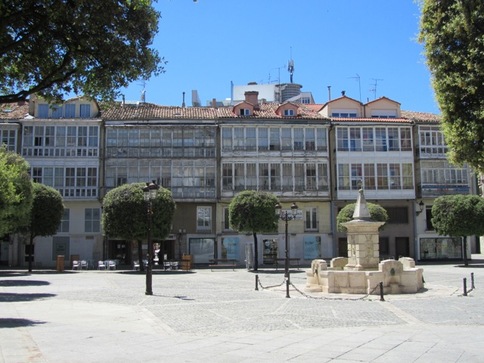




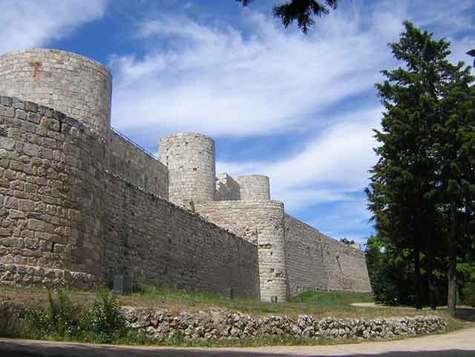



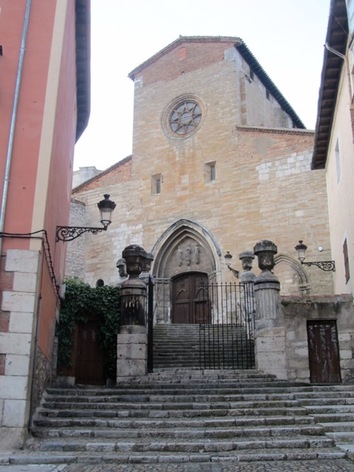
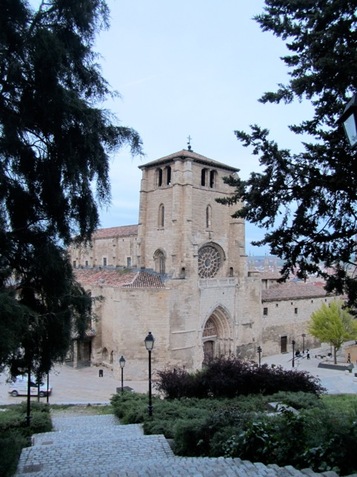

















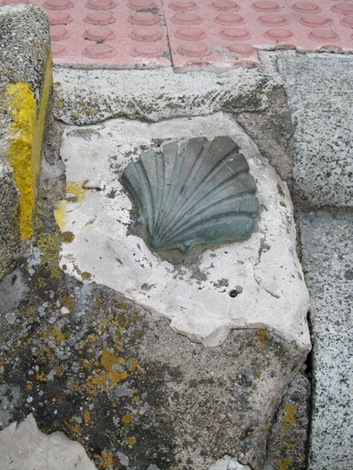

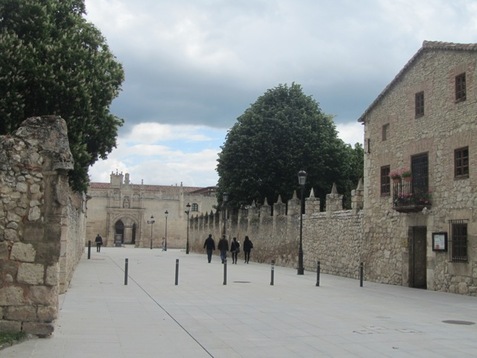
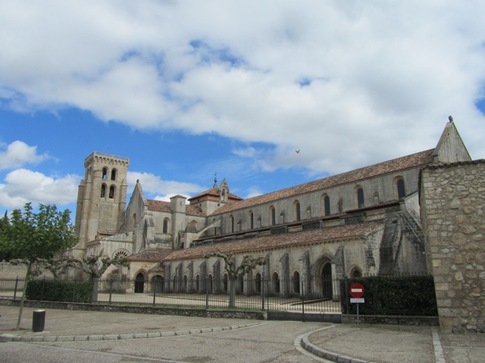
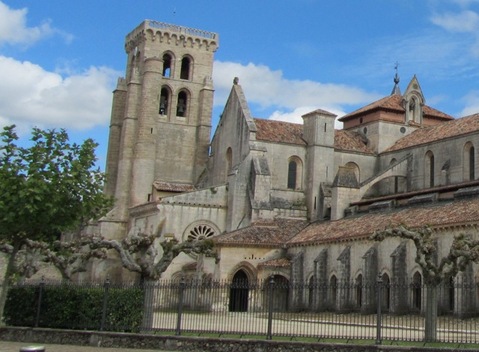




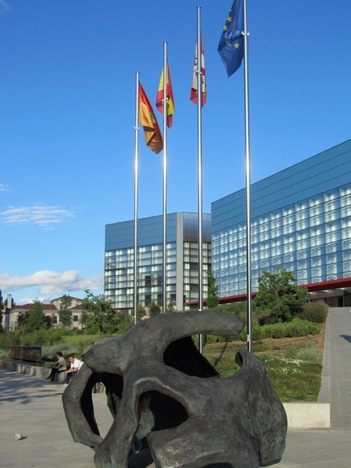
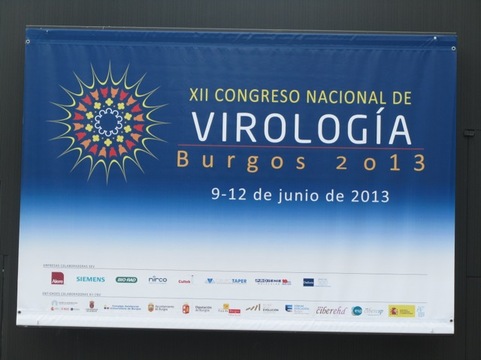



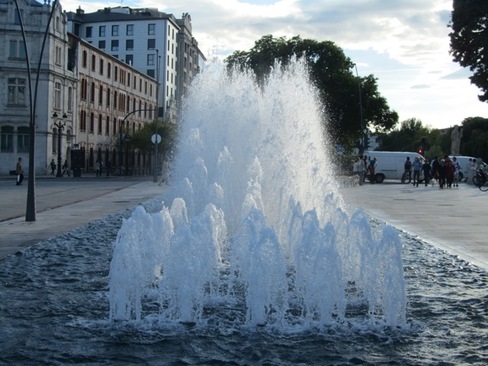
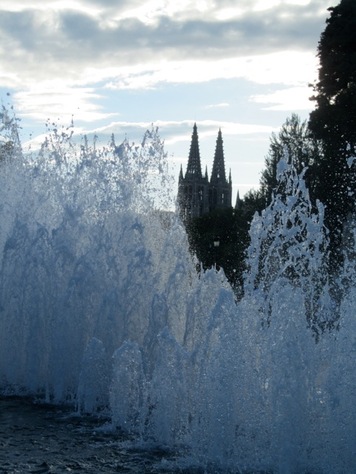



















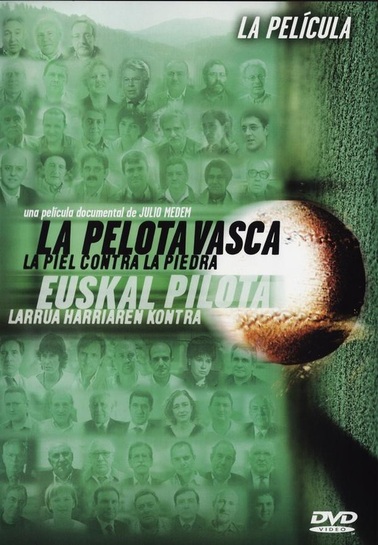
























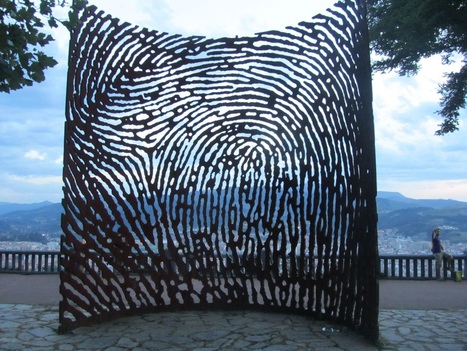
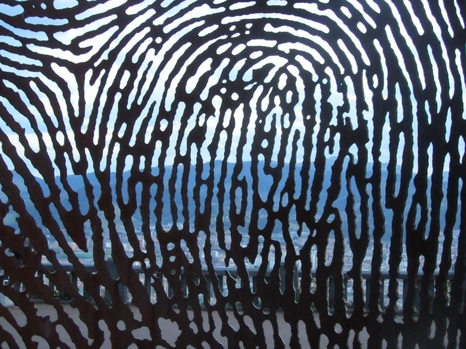
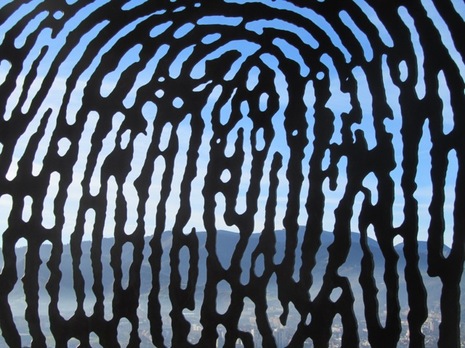



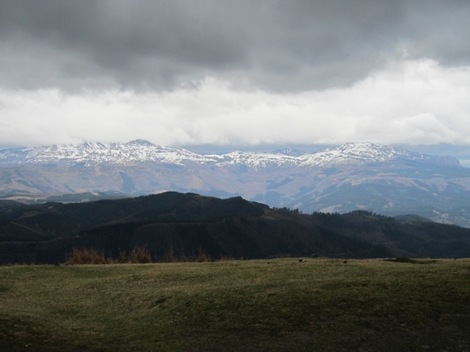




 RSS Feed
RSS Feed